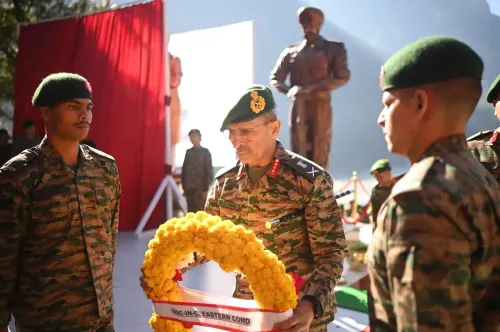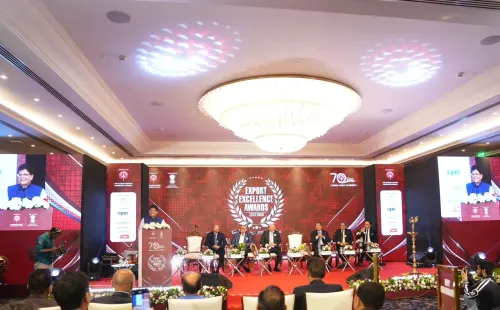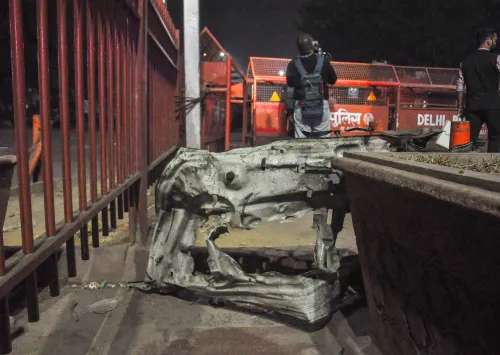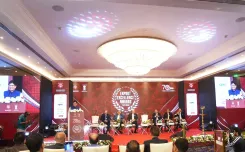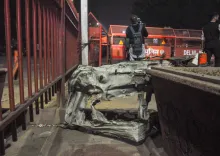How Is CAG Enhancing India's Global Reputation as External Auditor for WHO & ILO?
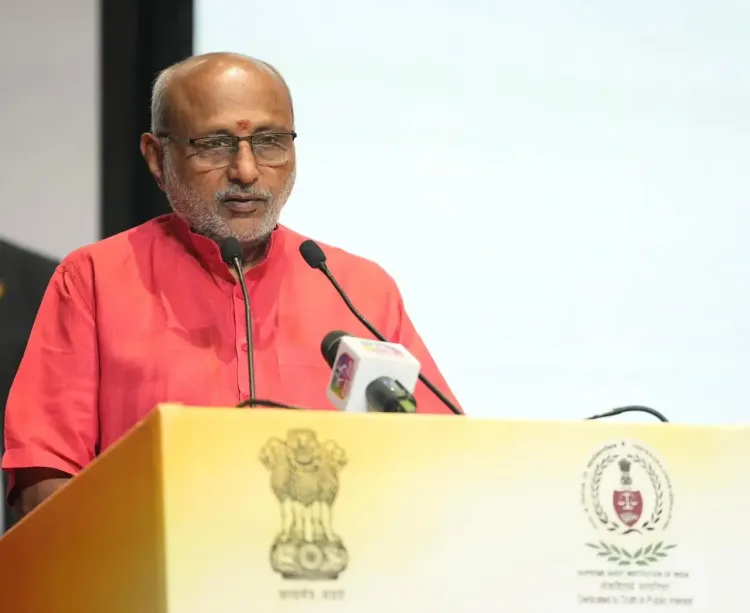
Synopsis
Key Takeaways
- CAG's Global Role: Enhancing India's reputation as an external auditor for WHO and ILO.
- Legacy of Service: Celebrating 165 years of dedicated auditing since 1860.
- Transparency Initiatives: Implementation of 'One Nation, One Set of Object Heads of Expenditure'.
- Tech Integration: Adoption of AI and predictive analytics in auditing.
- Collaborations: Partnerships with institutions like IIT Madras for capacity building.
New Delhi, Nov 16 (NationPress) On Sunday, Vice-President C.P. Radhakrishnan emphasized the enhanced global standing of India's Comptroller and Auditor General (CAG), particularly in its capacity as the external auditor for prestigious organizations such as the World Health Organization (WHO) and the International Labour Organization (ILO).
During the fifth Audit Diwas celebrations in the capital, he noted that the CAG is currently at the helm of the Asian Organisation of Supreme Audit Institutions (ASOSAI) and also leads the International Organisation of Supreme Audit Institutions (INTOSAI) Committee, including the Working Group on IT Audit. This positions Bharat as a key player in setting global auditing standards.
Radhakrishnan described this development as a significant reflection of India's transition from being a follower to a leader on the global stage.
In his speech, he referred to the CAG as the 'guardian of the public purse', underlining its critical role in safeguarding public funds and advancing good governance.
He commended the CAG's impressive legacy of 165 years of dedicated service since the establishment of the Auditor General's office in 1860.
'Supreme Audit institutions worldwide share a common mission: to protect public funds and foster good governance. Among them, the CAG of India stands distinct, upholding the values of accountability, transparency, and integrity in public affairs,' he remarked.
Vice-President Radhakrishnan praised the CAG for implementing the 'One Nation, One Set of Object Heads of Expenditure' initiative for both Union and state governments, a reform that will greatly enhance the transparency and comparability of government spending.
He highlighted India's strides in artificial intelligence (AI), big data, blockchain, and machine learning. The Vice-President expressed his delight in noting that the CAG has integrated technology through initiatives like the One Indian Audit and Accounts Department (IAAD) One System, AI-based audit frameworks, and various other measures, embedding predictive analytics and generative AI into the fabric of public financial management.
Furthermore, he commended the CAG's collaboration with esteemed institutions like IIT Madras to enhance capabilities in data science, cybersecurity, and deep learning.
He expressed satisfaction with the development of a customized Large Language Model designed to process over 20,000 inspection reports annually, which will strengthen data-driven auditing.
This technological adoption, he noted, is set to improve risk detection, efficiency, and evidence-based governance, ensuring the optimal allocation of public resources. To realize this vision, he called for a future-ready and citizen-centric civil service.
The Vice-President encouraged officials to consistently enhance their skills and auditing capabilities, ensuring that the welfare of the public remains at the forefront of governance.
Attendees at the event included K. Sanjay Murthy, CAG of India, Deputy CAGs Subir Mallick, Krishnan Sagaran Subramanian, and Jayant Sinha, along with retired CAGs and officials from the Indian Audit and Account Service (IA&AS).

